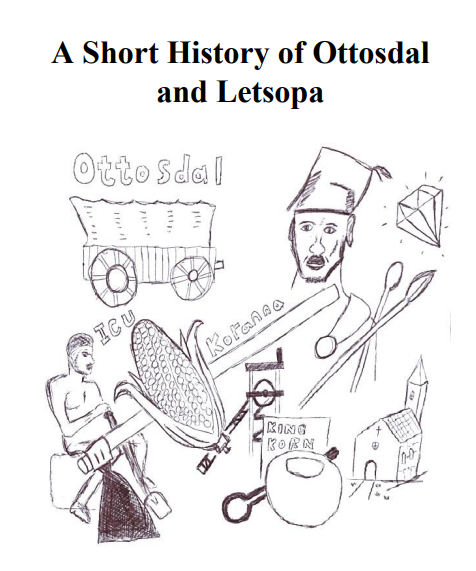In the heart of the 'Mother City', Golden Acre Shopping Centre has been a key part of everyday life in Cape Town since 1979.
Published August 3, 2022Updated October 26, 2023
In the heart of the 'Mother City', Golden Acre Shopping Centre has been a key part of everyday life in Cape Town since 1979.
The Arniston was built on the River Thames, England in 1794. It was a three-decked and three-masted British East Indiaman vessel and was first used as a trading ship, completing eight successful voyages between India and China from November 1794 to June 1813 (Wreck of the Arniston | Time and Navigation, n.d.). Thereafter it was recommissioned to serve as a troop transport in 1813 or 1814 between England, India and Ceylon (now Sri Lanka) for the Royal Navy.

Precolonial and Early History